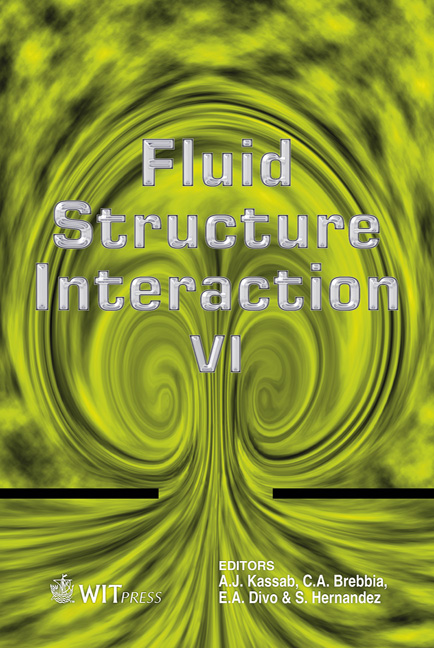Numerical Simulation Of The Flow Around The Helicopter Blade In Hover Using The MRF Method And Turbulence Models
Price
Free (open access)
Transaction
Volume
115
Pages
9
Page Range
307 - 315
Published
2011
Size
1,058 kb
Paper DOI
10.2495/FSI110261
Copyright
WIT Press
Author(s)
T. Azzam, T. Belmerabet, M. Mekadem, S. Djellal & S. Hanchi
Abstract
The aim of this study is to find the most adequate numerical model to simulate the aerodynamics of the helicopter rotor in hovering flight, using CFD code Fluent. In this work, the Caradonna and Tung blades are used with NACA0012 profile and an aspect ratio of six. The rotating rotor is modeled by the multiple references rotating frame method (MRF). Using the periodicity condition, computations are carried only on one blade. For grid generation, the structured mesh is generated near the wall region with 30 y 300 and for the rest of the computational domain, the unstructured mesh is used. The value of the near-wall resolution yp depends on the value of the mean skin friction coefficient . f C According to the study of Lombardi et al. (Numerical Evaluation of Airfol Friction Drag. Journal of Aircraft, 2000), the value of f C can be considered similar for both flat plat and NACA0012 airfoil. To evaluate the surface pressure distributions, we have treated the effect of the collective pitch angle (θ), the tip Mach number (Mtip) and the two turbulence models, standard k and Spalart- Allmaras. The obtained results are expressed in terms of pressure coefficient Cp, have been validated by comparisons with the experimental data. In addition, we discuss in this study the prediction of shock location on the upper surface of the blade. Keywords: aerodynamic, helicopter blade, MRF, hovering flight, pressure coefficient, shock wave.
Keywords
aerodynamic, helicopter blade, MRF, hovering flight, pressure coefficient, shock wave





